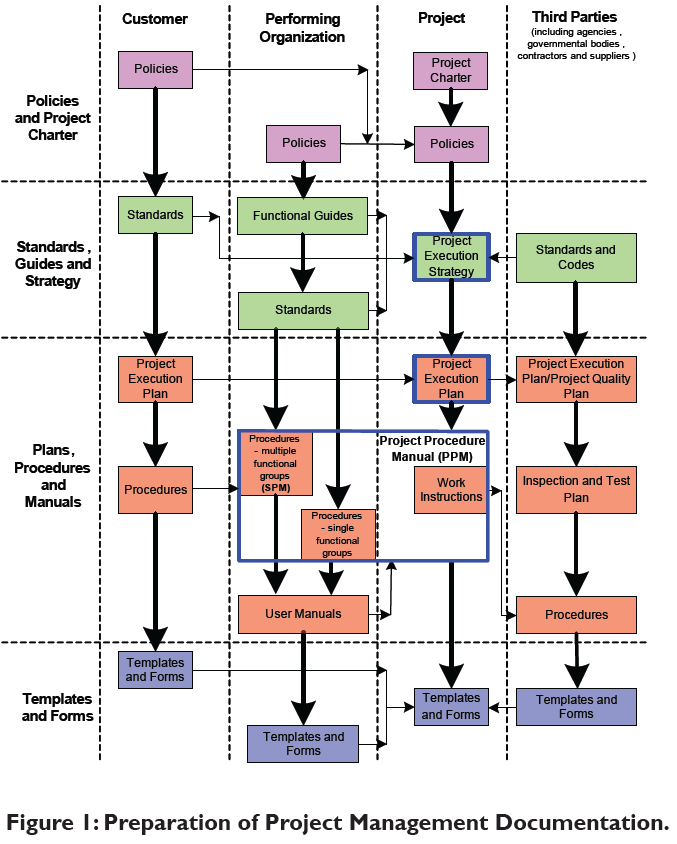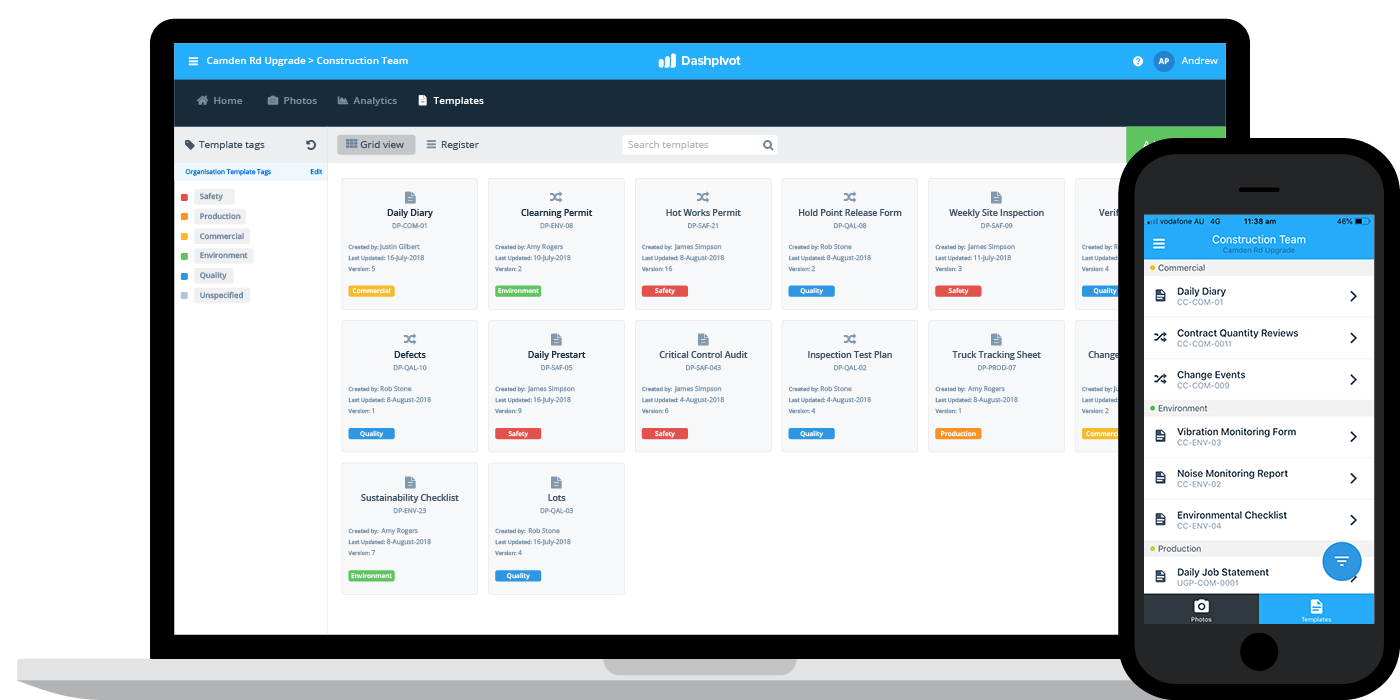Secure Your Success: Construction Document Management Techniques for Experts
Secure Your Success: Construction Document Management Techniques for Experts
Blog Article
Optimizing Job Cooperation: Designer's Best Practices in Building And Construction File Monitoring
In the complex realm of building projects, the reliable management of building and construction files stands as a keystone for success. Architects, with their thorough attention to information and innovative style solutions, are entrusted with orchestrating a harmony of stakeholders, timelines, and sources. Nonetheless, amidst this intricacy exists a sixty-four-thousand-dollar question: exactly how can engineers improve partnership procedures to enhance job end results? By discovering key methods such as leveraging cloud-based systems, developing robust communication procedures, and making sure information safety and security, designers can boost their record management practices to new heights.
Leveraging Cloud-Based Systems
By transitioning from typical paper-based systems to shadow solutions, engineers can enhance collaboration, boost file ease of access, and boost general task effectiveness. This ease of access advertises seamless interaction and coordination amongst project stakeholders, leading to less errors and hold-ups in the construction procedure.
Moreover, cloud-based systems offer a safe atmosphere for saving sensitive task information, using encryption, routine back-ups, and user approval settings to secure information stability. Engineers can also profit from the scalability of cloud solutions, enabling them to change storage space capacity and capability based on job needs. On the whole, leveraging cloud-based systems encourages architects to optimize their building and construction document management processes, driving better cooperation, performance, and success in their projects.
Carrying Out Variation Control Systems
Having established the benefits of cloud-based systems in building and construction paper management, architects can now improve their paper control procedures by applying Variation Control Systems. Version Control Equipment (VCS) are vital devices that track modifications in records, making certain that employee are constantly dealing with the most up to date and most accurate info. By executing VCS, designers can preserve a centralized repository where all project files are stored, enabling smooth cooperation while decreasing the threat of mistakes and variation disputes.
One trick benefit of Version Control Equipment is the capacity to track the full background of paper modifications, enabling users to revert to previous variations if required (construction document management). This feature is particularly beneficial in building and construction jobs where design iterations and alterations are usual. Additionally, VCS helps with better communication amongst employee by providing a clear audit trail of that made details adjustments and when they were made. This transparency not only boosts responsibility but also assists in fixing disputes or disparities that may arise throughout the project lifecycle.
Developing Interaction Procedures
To ensure effective and efficient project sychronisation, designers must develop clear and robust communication protocols within their building document monitoring processes. This platform can be a job administration software application, email threads, or cloud-based storage solutions.
Furthermore, communication protocols should additionally consist of guidelines on how to handle problems, adjustment orders, and urgent concerns that might emerge throughout the project lifecycle. Developing an organized method to communication guarantees that all stakeholders are on the very same web page, promotes openness, and eventually adds to the effective conclusion of the building job.
Utilizing BIM Software Program for Sychronisation
BIM software plays a crucial function in enhancing control among task team members in the building and construction market. Structure Info Modeling (BIM) facilitates cooperation by supplying a central platform where architects, designers, specialists, and other stakeholders can collaborate in a worked with way. Via BIM software application, task participants can access and upgrade a common version which contains detailed details concerning the structure style, building parts, and project routines.

Furthermore, BIM software program allows real-time collaboration and communication amongst group members, despite their physical location. Via cloud-based BIM systems, project stakeholders can access the current job information, track modifications, and make informed choices quickly. Overall, leveraging BIM software application for coordination boosts project effectiveness, productivity, and eventually brings about effective task results.
Ensuring Information Safety And Security and Conformity
In the realm of building and construction paper management, safeguarding information integrity and making sure governing compliance are extremely important considerations for designers and various other project stakeholders. Engineers have to carry out durable security procedures to shield sensitive job details from unauthorized gain access to or violations. Making use of protected cloud storage space remedies with encryption protocols and gain access to controls can aid mitigate risks connected with information burglary or loss. Routinely updating software application and systems, performing protection audits, and providing staff training on data safety and security finest methods are crucial steps in maintaining a protected atmosphere for building paper monitoring.

Conclusion
Finally, architects can maximize project partnership in construction file monitoring by leveraging cloud-based platforms, applying version control systems, establishing interaction procedures, utilizing BIM software application for control, and ensuring data protection and compliance. These best methods assist improve the construction process, boost communication among job stakeholders, and boost efficiency in project shipment. By adhering to these standards, architects can efficiently handle building and construction documents and help with effective job end results.
Via BIM software, project participants can access and update a shared version that includes in-depth info concerning the structure layout, building and construction components, use this link and project schedules.
Through cloud-based BIM platforms, task stakeholders can access the latest project information, track changes, and make informed choices without delay - construction document management. Overall, leveraging BIM software for control boosts task efficiency, productivity, and ultimately leads to successful task end results
In go to my site final thought, designers can enhance job collaboration in construction document administration by leveraging cloud-based systems, executing version control systems, developing interaction procedures, utilizing BIM software for control, and making certain information safety and security and conformity. These ideal methods help streamline the building and construction procedure, improve interaction among project stakeholders, and boost performance in project delivery.
Report this page